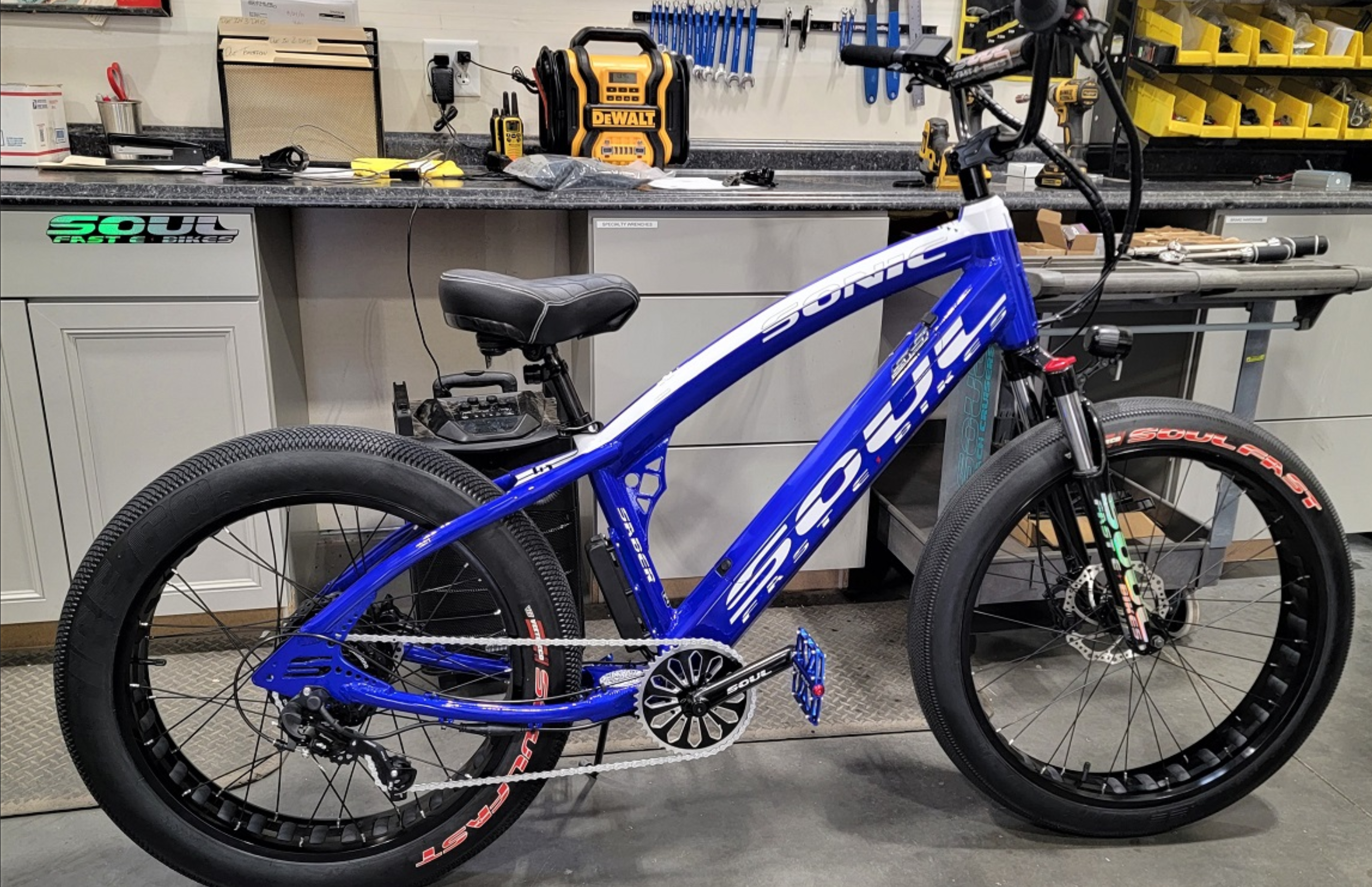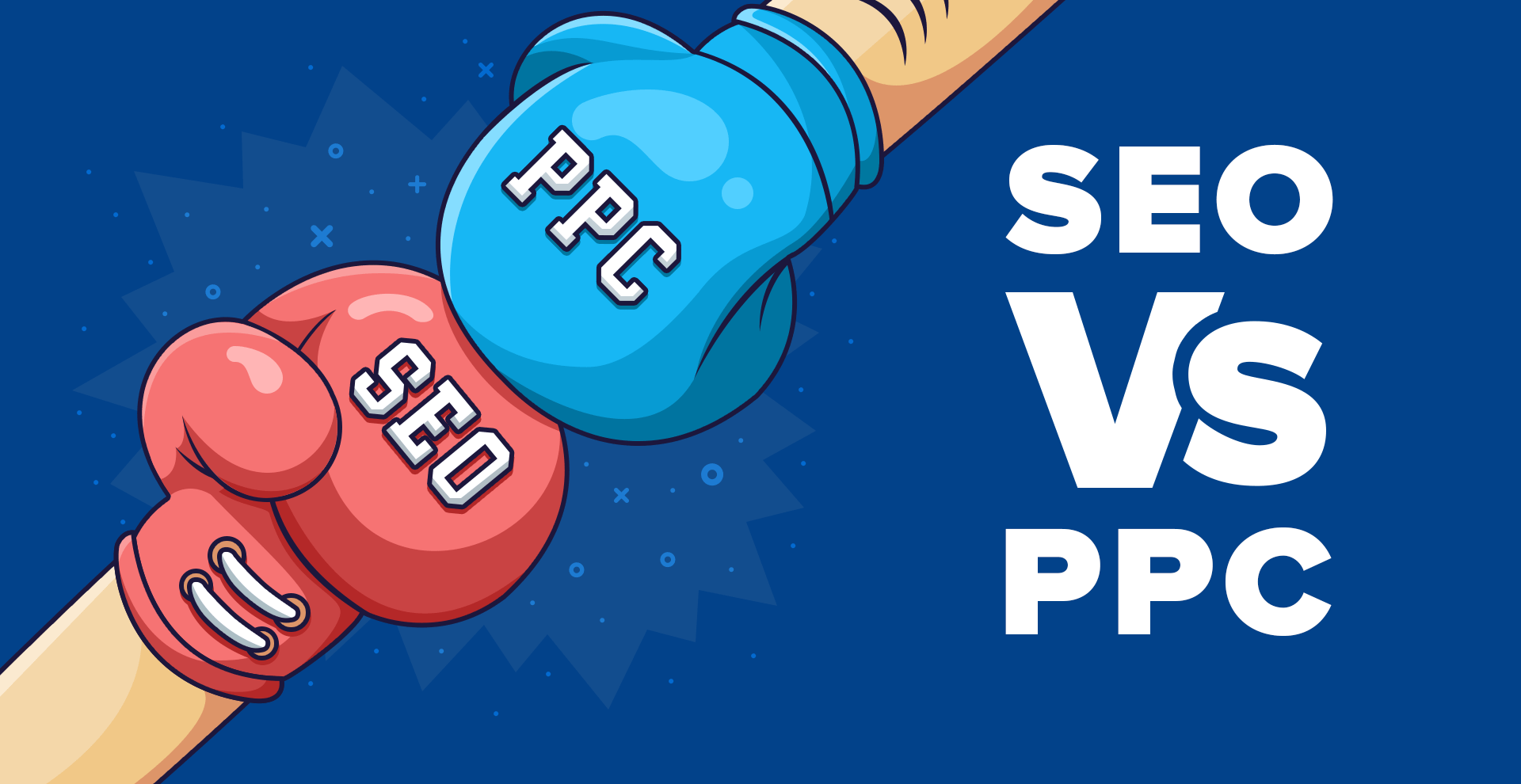There are two key differences when considering SEO or PPC. The first is that paid ads appear at the top of the page, above the organic listings influenced by SEO. The second is that traffic from organic via SEO is free, whereas traffic from PPC has a cost for each click. In many cases, SEO and PPC work best when integrated and strategically aligned. It’s been said before, but it bears repeating: Traffic is the lifeblood of any online undertaking. The success of an online business greatly depends on the amount of traffic it can generate for its pages. This is an indubitable fact.
What is subject to a lot of debate, however, is the matter of SEO vs. PPC, two of the most powerful traffic generating approaches. SEO stands for search engine optimization. PPC stands for pay per click. Though their end goal is the same, they are different concepts that require different techniques and methodologies.
When Is It Best To Use SEO?
SEO refers to a group of techniques that are aimed to propel a website to the first page of the major search engines.
SEO is very important for online businesses, as statistics show that 80% of the traffic that can be generated for any website will come from the search engines.
The biggest search engine is undoubtedly Google, which garners more than 3.5 billion searches per day; hence, most SEO campaigns target this specific search engine.
When Is It Best To Use PPC?
Now we go to the other side of the SEO vs. PPC debate.
Pay-per-click marketing is a method of advertising on search engine results pages. Basically, you bid to have your ads appear in the sponsored results when someone types in a query including your keywords.
Why is it named “pay per click”? Because you have to pay for every user who clicks on the ad you are promoting.
SEO: Improve your organic traffic
What are the pros and cons of organic traffic from search engines? Let’s begin with the pros:
Awareness. Visibility in search engines for your targeted keywords puts your business in front of potential customers in much the same way as if you were to advertise, and it drives brand awareness.
Branding. Visibility around commercial search terms and informational queries related to your business area can have a positive branding benefit. Your brand can become associated with and trusted by searchers who are asking questions as they conduct the research that will lead to a purchase. You can become an authoritative voice around a given topic.
Credibility and trust. Having your site return in the organic results can influence your perceived credibility with an audience looking for your services. Many users skip ads and trust organic results more highly. Being visible gives your business that all-important stamp of approval. Also having strong review and reputation signals in place will deliver further benefit.
Website traffic. Increasing website traffic provides you with more opportunities to drive awareness of your business and educate a prospect as to why they would buy from you.
Cost per click. Traffic from organic search is free… sort of. Developing that visibility will take time and effort (money), but there is not a direct charge for each impression or click.
Return on investment (ROI). Organic search engine traffic can provide an improved ROI over traditional forms of paid media and certainly improve upon PPC.
Cost. While SEO is neither cheap nor easy, it will generally be more cost-effective than all other marketing tactics for delivering brand awareness and relevant traffic to your website.
Sustainability. Unlike paid search marketing, organic traffic does not dry up the moment you stop paying. As such, efforts to develop organic traffic can sustain a business when marketing spend is cut back.
Improved click-through rate (CTR). A higher percentage of users click on the organic results. While there are exceptions to this rule, you will generate more clicks from a highly placed organic listing than from a highly placed paid ad.
More clicks overall. To maximize visibility and clicks, you will want to have listings in the paid and organic results. Keyword-level experimentation is needed here to see if you are paying for clicks you would get for free or increasing overall clicks and CTR in both paid and organic — but to truly maximize results, strong visibility in paid and organic is needed.
Scope. There are so many new queries every day that to maximize scope, you will need strong organic visibility. You will not want to pay for all kinds of clicks either or advertise every piece of content on your website.
Strategic advantage. Visibility in organic search is not quick or easy — which is a good and a bad thing. Once you have established yourself in the organic results, your competitors can’t simply buy their way in (assuming you have done things the right way). This can provide a strategic advantage over the competition if they are relying on paid search.
It is not all sunshine and rainbows, though, and there are certainly cons to SEO. In many cases, organic traffic can be slow to come by, and you may be wildly outgunned. If you are just starting out, and the keywords you are targeting show results dominated by titans like Amazon and eBay, then you may need to rethink your strategy.
You may also need to develop content assets to achieve strong organic visibility. Not all businesses have the in-house resources to tackle content development, and this can pose a problem. Tactics such as safe, sustainable link building can be difficult to master, and often, a strategy is needed, along with expert support.
Organic traffic may also largely come in via informational or pre-purchase research queries. This is valuable traffic, but a more staged approach may be required to nurture those users to a purchase. This is a cornerstone activity in digital marketing; however, it is not always easy, and it is not a good fit for all businesses.
PPC: Laser-targeted visibility
How does paid search differ from organic search? With click-through rates and trust heavily stacked in favor of organic search, why would a business look at paid search? Here are some of the benefits PPC offers:
Position on the page. Paid search dominates above-the-fold content. With typically four ads on desktop and three on mobile, a user will always see the paid search ads, even if they choose to scroll past them.
Improved ads. PPC ads are just that: advertisements. As such, you have far more granular control and more space for delivering your marketing messages. Calls, locations, sitelinks, pricing and bullet points (callouts) are just some of the options for creating ads that dominate the page.
Brand visibility. Running paid search advertisements gets you seen by the right people. Even if they back off and conduct a brand search before clicking to your site, that visibility will pay dividends to your marketing.
Budget. PPC allows for a tight control of budget. Determine how much you are willing to spend per day (ideally with some initial and ideal ideas of returns), and set that fixed limit.
Targeting. PPC provides a laser-targeted way to get in front of potential customers. Ads can be targeted by search keywords, time of day, day of the week, geography, language, device and audiences based on previous visits. Organic traffic, by comparison, is far more scattershot.
Speed. While developing good organic visibility can take time, a PPC campaign can be created in days and ramped up in weeks. There is no faster way to get in front of customers at the very moment they are primed to buy than paid search engine advertising.
Agile. Speed provides agility. Want to test a new product? A new marketing message? You can get rapid feedback on a new product launch (or minimum viable product) by running a short PPC ad campaign.
Marketing intelligence. Where organic largely hides keyword data in the name of privacy, there is no such restriction with paid search. With conversion tracking and a solid integration with analytics software (like Google Analytics), we can determine what keywords convert and at what percentage and cost. This intelligence can be fed directly into organic search (SEO) marketing and can inform all other advertising to improve results across the board.
A/B testing. Easily split-test ads, landing pages, and even call-to-action buttons to determine where the very best results lie. Again, this information can be fed back into all other digital (and traditional) marketing endeavors.
Stability. AdWords does not suffer the same turbulence that the organic results can suffer from. There are changes, but they tend to have a far lower impact and are more easily managed. Careful use of match types and analysis of the search term reports allow for the removal of junk search and an increase in ROI over time.
Cost. Despite what many advertisers believe, a PPC account that’s well set up and managed can be a low-cost way to generate leads for your business. If you are a local business targeting a small geographic area and a small set of keywords, you may find that you can generate more than enough leads without breaking the bank. Additionally, over time, accounts can be further optimized to drive down costs and increase return.
As with organic search, there are many benefits to paid search advertising or PPC. However, there are also some pitfalls for advertisers to be wary of.
PPC can be expensive. It is not always the case, but costs can quickly add up. If you are targeting entire countries or running international campaigns, those costs can spiral.
Paid search advertising is, as the name suggests, paid — so it requires constant investment. Stop paying the piper, and your ads go away and your lead generation dries up. So long as you have a solid acquisition cost, then this should not be a problem, but in contrast to SEO, it can feel like a bad deal. Of course, SEO should be ongoing to keep the opposition at bay, but organic traffic can be a little more robust.
There are various options for search advertising with PPC, and making smart choices here will influence results. If you see product listings dominating the screen for your keywords, then text ads may not perform so well. Likewise, if you run product ads, and only text ads are returned, then these ads may not deliver the goods.
It is not unusual to get into bidding wars with other advertisers, which can drive costs up. As you start to run your ads, often you are taking a bite out of some other advertisers’ digital apple. Doing so can result in some spiraling costs.
Strategically, PPC is relatively easy to copy. If a competitor notices you are running ads, they can run ads. Your messaging can be imitated. Your entire funnel can be easily evaluated by competitors. This is the digital marketing landscape, and you have to accept that to some extent.
Successful PPC needs skilled management and optimization — from monitoring bids, Quality Scores, positions and click-through rates. Some of this can be done with scripts, but if you are too busy to do this properly, ensure you have an expert on hand to take care of keeping your account in tip-top shape.
SEO or PPC?
It’s just not possible to answer this question without taking the unique situation of a given business into consideration.
A hyper-local business with little competition and a requirement for just a few leads per week could likely develop good visibility in the local and organic search results with a little spend or some DIY SEO.
A new e-commerce store that is competing with a page of results from Amazon, eBay and other major department stores and online retailers is likely going to struggle in organic search (in the short term, at least).
Do you need leads now? Are you looking at the long game? Do you have much in the way of website authority? What is the competition like in organic search? What is the cost per click in paid search?
A clear digital marketing strategy and clear short- and long-term goals are essential in making an SEO or PPC decision here.
SEO and PPC
In an ideal world, we would look at both SEO and PPC. They both have pros and cons and work best when supporting each other synergistically. Where you can get SEO and PPC working together, you will often be able to drive results that are greater than their component parts.
The benefits of running SEO and PPC together include:
- Keyword and conversion data from PPC can be fed into organic search (SEO).
- The total volume of traffic can be increased by targeting clicks in paid and organic for high-performing keywords.
- High-cost keywords, high-volume or low-converting (yet still important) keywords can be moved from PPC to organic search.
- A/B testing of ad copy and landing pages can be fed into your organic listing and landing pages.
- Remarketing allows you to stay in front of visitors after an initial touch via organic search and customize messaging around their engagement with your site.
- Test your keyword strategy in PPC before committing to long-term SEO strategies.
- Target users at all stages of the customer journey from research to comparison to purchase with commercial keywords.
- Increase confidence and awareness by having both strong organic and paid visibility.
In our experience with hundreds of businesses, an integrated search strategy that looks at both SEO and PPC is the optimal approach. Results are improved in each channel by utilizing both paid and organic. This will not be right for every business, but for high-growth, aggressive marketing, you will want to develop a holistic search engine strategy rather than look at SEO or PPC in isolation.








